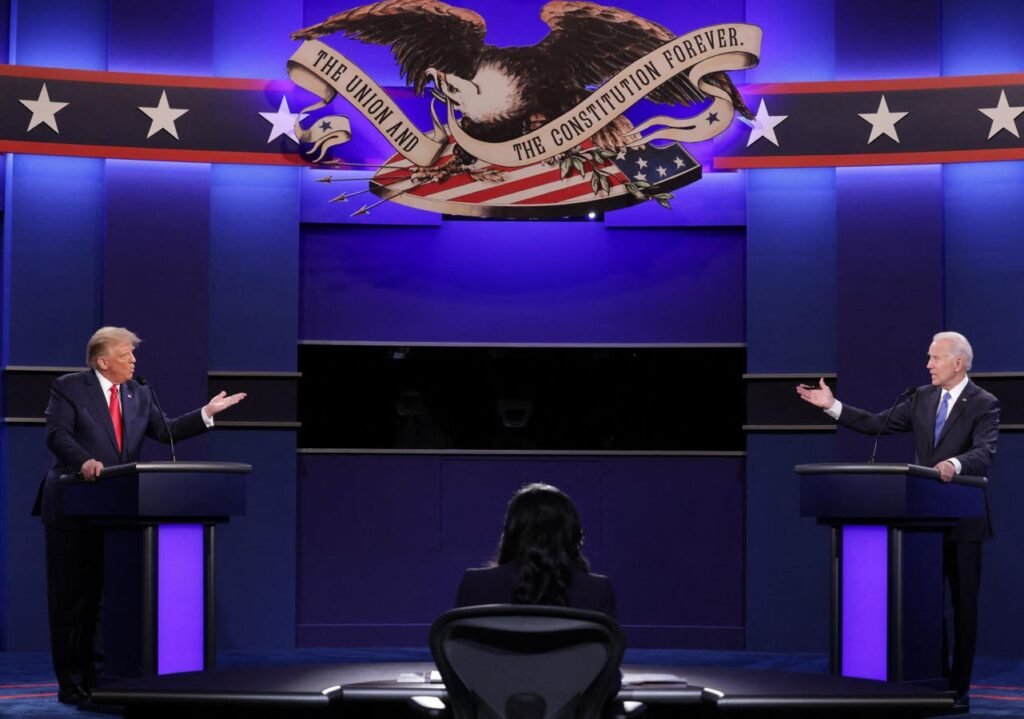The first televised presidential debate between President Joe Biden and former President Donald Trump on June 27 focused on economic policy. Biden touted the creation of 800,000 manufacturing jobs, although some question the numbers. Efforts to boost U.S. manufacturing have led to increased foreign direct investment and factory construction, but job growth may take time to materialize. The CHIPS and Science Act aimed to incentivize domestic semiconductor production, while the Inflation Reduction Act provided funding for clean energy technology. A May 2024 report by Colliers showed increased FDI in the U.S. manufacturing sector, with job creation and investment on the rise.
The U.S. Census Bureau reported that annualized manufacturing construction spending reached $233 billion in April 2024, with manufacturing comprising over 30% of all industrial space under construction. Demand for industrial space has normalized, but the nearshoring and reshoring of manufacturing is driving a positive long-term outlook. This trend has also impacted logistics, leading to increased industrial rents and job figures in warehousing and storage. Atlanta, the host city for the debate, has seen an uptick in industrial pipeline growth due to its central location and major highways.
Atlanta currently has 5.5 million square feet of logistics and distribution space under construction, along with 2 million square feet for manufacturing facilities. Despite thriving manufacturing construction nationwide, job growth has been stagnant. Factors such as lengthy delivery times for facilities have contributed to this, with April 2024 BLS figures showing only a 1.4% increase in manufacturing employment since February 2020. Yardi Matrix predicts that manufacturing will continue to drive industrial real estate activity, but the full impacts may take years to be seen.
In January 2024, the Biden Administration imposed tariffs on imports of clean energy technology and other technologies from China. The goal was to protect American manufacturing jobs by preventing undercutting by cheaper Chinese goods. While these tariffs may increase prices for consumers, they are expected to be positive for the industrial sector. Yardi Matrix anticipates that as projects deliver, manufacturing employment will rise and support firms will emerge. Despite job growth challenges, the focus on boosting U.S. manufacturing through incentives and tariffs remains a key objective for the Biden Administration.

